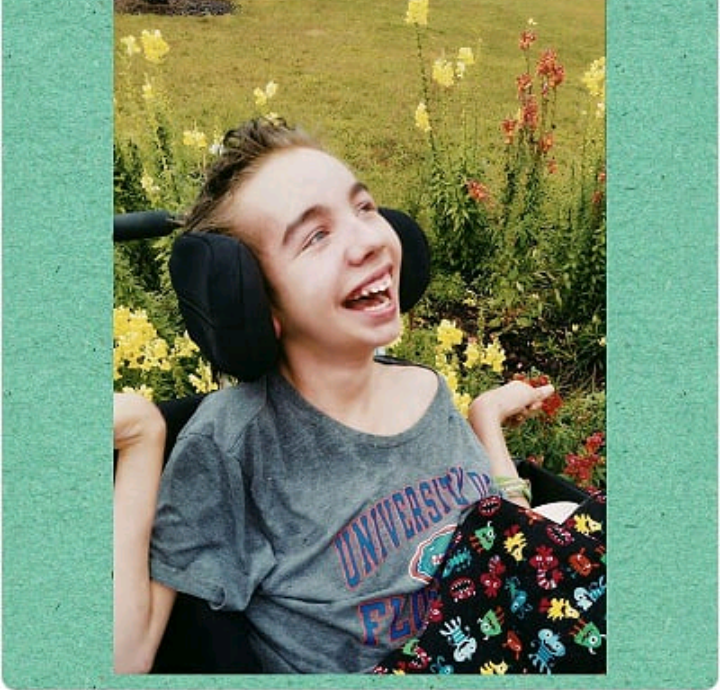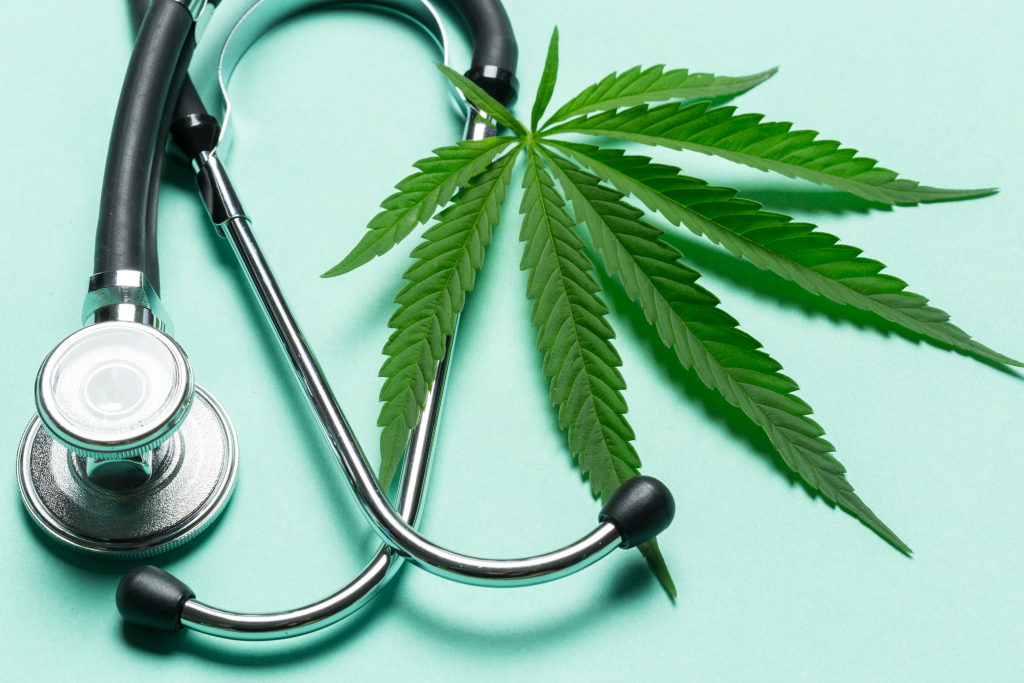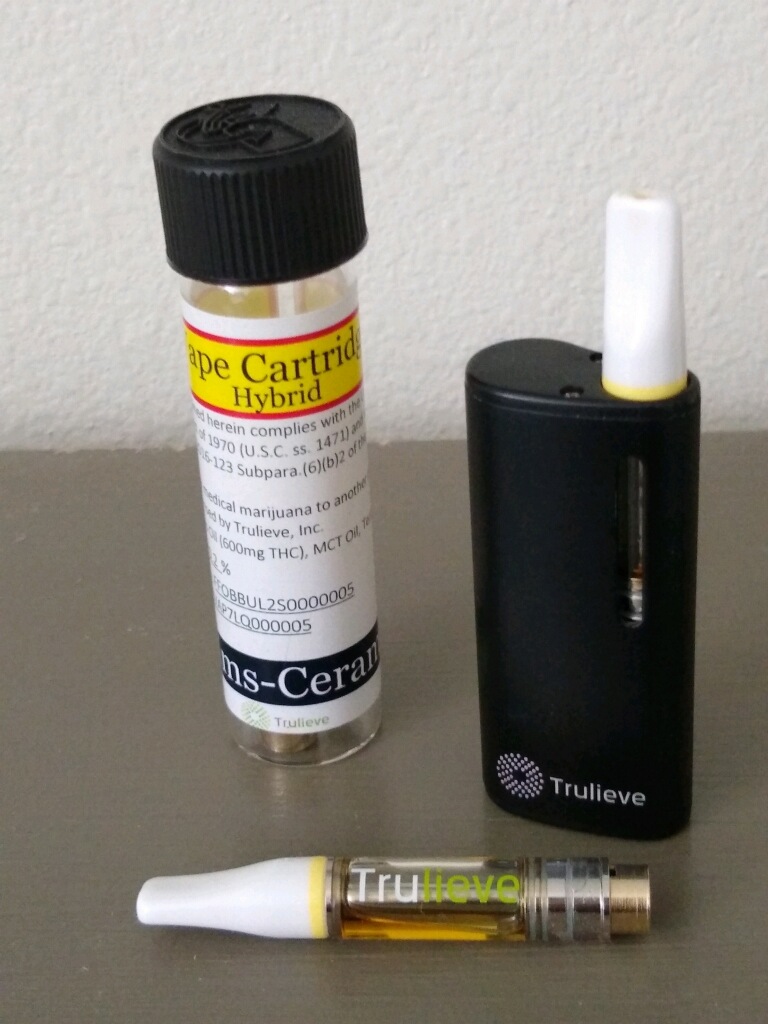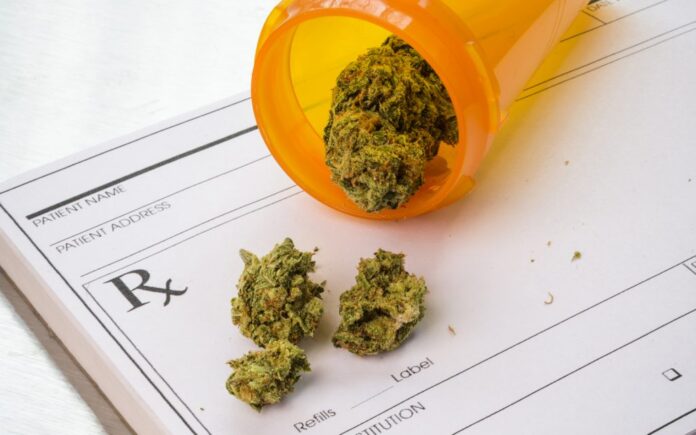Marijuana is no longer just a street drug. In fact, medical marijuana (also known as medicinal cannabis) is a heavily regulated treatment option that nearly 8-in-10 doctors approve of, according to a 2013 survey published by the New England Journal of Medicine. And it seems that patients are willing to give it a chance too as more and more benefits are reported. For example, the majority of respondents in a California-based survey said that medical marijuana alleviated symptoms of serious medical conditions, like chronic pain, arthritis, migraines and cancer.
Cannabis culture has grown significantly overall, and sparked much debate. While laws vary, a total of 34 states, District of Columbia, Guam, Puerto Rico and the U.S. Virgin Islands have approved medical marijuana programs; plus, ten states also allow recreational (non-medical) use. Still, at the federal level, marijuana remains illegal. Confused? Here’s the lowdown on medical marijuana ─ with specific information pertaining to Florida (the home state of AmeriDisability’s national publication).
What is Medical Marijuana?
There are different components to the cannabis plant. “Cannabidiol (CBD) and Tetrahydrocannabinol (THC) are two of the primary chemicals in the cannabis plant that cause a medical effect. CBD is also derived from hemp. Both of these substances have unique medical benefits,” Turner Davis, RPh told AmeriDisability. “CBD is helpful with anxiety, inflammation, muscle spasms and many other symptoms. THC can help with sleep, neuropathic and other types of pain, elevating mood and appetite stimulation,” says Davis, who serves as COO of Medical Marijuana Treatment Clinics of Florida.
Davis says that the biggest difference between the two is that CBD does not cause the “high effect” related to recreational cannabis use. Still, many studies show inclusion of both CBD and THC is best for most medical purposes. He explains, “It all comes down to working with your doctor to find the correct dosage that relieves symptoms while avoiding the high, which is essentially a side effect that must be managed.”

Is Medical Marijuana a Natural Option for You?
Davis describes medicinal cannabis as a holistic, whole-body approach that can improve overall quality of life. “People assume that everyone who uses medical marijuana is looking to get high… but I just don’t want to be dizzy anymore,” asserts 34-year-old Megan D. of Winter Garden. She suffers from vestibular neuritis and vestibular migraines ─ conditions that causes extreme dizziness, confusion, nausea and balance issues. Diagnosed five years ago, Megan says traditional pharmaceuticals didn’t alleviate her symptoms and even added side effects. About a year and a half ago, Megan opted for medical marijuana as a “more natural” alternative. She inhales her prescribed dosage through a vape pen. “I’ve found that it’s the only thing that stops or slows the dizziness down,” she says of the 1-2 hour relief window from vaping.
Founder of We Are R.A.R.E., a brain disease nonprofit, Tricia Dennis says cannabis oil works best for her 18-year-old son, Noah. “It lasts 4-6 hours for him,” she says. Noah suffered a stroke in-utero and was born with schizencephaly, a severe brain malformation.
“We were treating him for end-stages of life,” Tricia emotionally recalls of the impossible scenario she faced several years back after Noah failed to thrive following the unsuccessful attempts of 13 medications. Looking for anything that could help her child, Tricia explored then-illegal medical marijuana. She may have broken the law but she saved his life. Soon after beginning a medical marijuana regimen, Noah achieved a healthy weight and his seizures lessened. “It’s like he woke up. It gave us so much… health, communication and he is still alive today! We will always be [medical marijuana] patients because of the tremendous outcomes we’ve had,” Tricia attests.
Medical Marijuana for Seniors
A New York based medical marijuana study of more than 200 elderly (75+) patients who had chronic pain (and/or a range of chronic diseases like cancer, epilepsy and Parkinson’s disease), reported favorable results. Mild to moderate improvements included better sleep, diminished pain and reduced anxiety. Additionally, a third of the study’s participants were able to decrease use of prescription opioids with the replacement of medical marijuana. Quoted in High Times, the study’s senior researcher Dr. Laszlo Mechtler, medical director of the Dent Neurological Institute and Chief of Neuro-Oncology at Roswell Park Cancer Institute, said, “In the midst of an opioid epidemic in this country with 115 people dying every day, anything that can decrease the potential for opiate use is a win-win situation,” Mechtler said, adding, “Nobody overdoses on medical marijuana.”
Davis agrees, “One of the biggest goals of many patients is to work towards reducing or stopping their opiate use. Cannabis has actually been shown in high quality studies to enhance the pain-killing effects of opiates, which allows a patient to reduce their dosage and still have effective pain relief.” Medical cannabis has very few significant drug interactions, according to Davis, and can be used safely with the vast majority of medications. “Working in conjunction with their pain physicians, we have had a significant number of patients reduce their medication loads,” Davis says. In Noah’s case, Tricia says, “He is off six medications because of cannabis.” It is important to note, however, you should always inform your doctor about the vitamins, supplements, herbs and over-the counter medicines you use, including medical marijuana, to evaluate risk and potential side effects.
Davis says he wants to inform seniors that medical marijuana isn’t just an option for those with severe conditions. “While it certainly can benefit those with ALS, Parkinson’s and other degenerative conditions, many of our senior patients find that medical marijuana provides a dramatic improvement in quality of life, as it allows for more activity with less pain and inflammation,” he says. “Whether an individual is looking to play 18 holes of golf as opposed to 9, or just looking to be able to enjoy a walk without pain, medical cannabis really can make a difference,” he says.
Some studies, like data published by the Society for the Study of Addiction, noted that even recreational use has increased among the senior demographic. From 2006 to 2013, cannabis usage increased by 57.8% among adults aged 50–64 and 250% among aged 65+.

[Pictured: Noah (courtesy of Tricia Dennis)]
Types of Medical Marijuana
Medical marijuana comes in many different forms, such as: capsules, creams for topical use, dried leaves/buds for smoking,edibles (i.e. cookies, candy, brownies), oils and sprays (i.e. nasal, oral). Most people assume that medical marijuana is smoked, because that’s the most common recreational use, but the Florida Department of Health only recently authorized smoking in March 2019 when Gov. Ron DeSantis signed bill SB 182. The new Florida governor directed lawmakers to repeal the state’s ban on smokable medical marijuana and adhere to a 2016 ballot measure where more than 70 percent of voters approved the legalization of marijuana for medical use.
Where to Get Medical Marijuana
The pharmaceutical industry is, of course, big time business. And it seems that the business of medical marijuana is growing too, impacting plant growers, processors, physicians and dispensaries. But the process of getting medical marijuana isn’t as easy as visiting the drive-through window of your insurance-accepting neighborhood pharmacy. In Florida, there are essentially four steps to obtain medical marijuana (in addition to ongoing renewal procedures):
1. Patients must receive a diagnosis and get a prescription from a specialty-licensed physician who has completed a 2-hour course and examination (through the Florida Medical Association and the Florida Osteopathic Medical Association). According to the Florida Department of Health, a physician may only order medical marijuana for a patient with a qualifying condition. Currently the list of approved ailments includes: cancer, epilepsy, glaucoma, HIV, AIDS, post-traumatic stress disorder (PTSD), amyotrophic lateral sclerosis (ALS), crohn’s disease, Parkinson’s disease, multiple sclerosis (MS), a terminal condition, chronic nonmalignant pain and medical conditions comparable to those.
2. Patients (and when applicable, caregivers) must be added to the Medical Marijuana Use Registry.
3. Patients (and when applicable, caregivers) must obtain a Registry Identification Card.
4. Patients can fill prescriptions at licensed Medical Marijuana Treatment Centers, also known as dispensaries.
Even though the steps are outlined, Megan and Tricia each felt that the initial assessment didn’t quite feel like a typical medical sequence. Because Noah’s neurologist didn’t have a license to prescribe cannabis, Tricia had to hunt for another provider. “Finding someone to prescribe was like going into the black market, even once medical marijuana was legalized,” she explains. Likewise, Megan would have preferred a referral from her established physician but went through DocMJ to secure her prescription. Now, on a monthly basis, Megan visits Trulieve, a dispensary that she describes as “professional, discrete and pharmacy-like.”

Drawbacks to Medical Marijuana
Imagine not being able to take your medication with you when traveling for business or pleasure. Since laws vary, Megan doesn’t feel comfortable flying or traveling with her prescription. Regardless, she often finds herself home-bound anyway – sometimes because of her condition itself and sometimes because of the treatment. “I can’t drive under the influence,” she says. Under Florida Statutes Section 316.193, a person is guilty of DUI if driving a vehicle while under the influence of alcohol or a controlled substance.
Unlike other medications, medical marijuana is not covered by insurance, Medicare or Medicaid. Megan struggles to afford her monthly prescription and, instead, fills it partially ($74/month) and hopes her symptoms remain at bay. Tricia agrees, “There is a financial strain.” Aside from the cost of cannabis product, she must plan ahead to cover annual renewal fees for both herself (caregiver ID card/registry) and her son (patient ID card/registry). However, in some cases, costs may be somewhat offset if other medications are weaned off because of the use of medical marijuana.
The stigma of being a “drug user” or “drugging your child” remains a true taboo, to say the least. As a result, Tricia fears that patients often seek advice via social media forums rather than from trained medical professionals. And while all forms of use are still debated, smoking is the most under fire. “Any time one inhales burnt material of any type into the lungs, it is cause for concern. Burnt particles can cause irritation of the lung tissue and possible exacerbation of pre-existing breathing issues,” says Davis. But he adds, “There is little research to support any fear of cancer from cannabis smoke, but there is also little to show smoking is a superior form of delivery. This is the reason most physicians prefer their patients use other dosage forms.”
How to Inhale Medical Marijuana Info
There are many misconceptions surrounding the use of medical marijuana and, perhaps, there is a lack of access to information overall. Many eligible patients – with a wide range of medical conditions – do not even realize they can qualify for and benefit from medical marijuana.
A collaboration of Medical Marijuana Treatment Clinics of Florida and Marijuana Med Today, a cannabis education website, Medical Marijuana Awareness Seminars (MMAS) are being held throughout Florida to educate the public. MMAS speakers included physicians, pharmacists, psychologists, dispensary representatives, patients or patient advocate groups and medical marijuana activists. “Our average audience is looking for a way to learn more about medical marijuana from a firsthand source,” Davis explains, adding, “We hear a lot of questions about whether medical marijuana can help someone wean off their use of opioids, if it can help with daily pain and ease of movement and how the Florida program works in general.”
To help breakdown the stigma, seminars are typically held in community-centric setting such as the public library. Find details on upcoming events at MarijuanaAware.com.
Editor’s Note: This article is not intended as medical advice. Consult a medical professional before treatment of any kind.
Photo credits:
- Header image credit: Leafly
- Cannabis plant credit: Trulieve
- Noah (courtesy of Tricia Dennis)
- Marijuana leaf credit: CannaMD
- Vape pen (courtesy of Megan D.)







